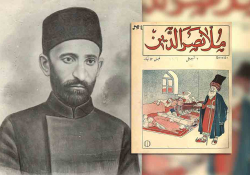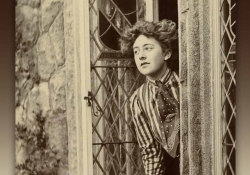Translation and the Intermediary Language
 Translator David Bellos' newly authored book Is That a Fish in Your Ear? takes on translation from every angle, considering the methodology of translation as it applies to literature, but also natural speech, or even a joke. He also addresses questions about whether you can translate between any pair of languages, and, in a brief discussion before his panel Tuesday, Bellos emphasized the importance of intermediary languages in the literary world—bringing writers from many small, sometimes endangered, languages to a wider audience.
Translator David Bellos' newly authored book Is That a Fish in Your Ear? takes on translation from every angle, considering the methodology of translation as it applies to literature, but also natural speech, or even a joke. He also addresses questions about whether you can translate between any pair of languages, and, in a brief discussion before his panel Tuesday, Bellos emphasized the importance of intermediary languages in the literary world—bringing writers from many small, sometimes endangered, languages to a wider audience.
Bellos says, "It's a perfectly handy, legitimate way to bring language to a wider world."
He presented Basque writer and self-translator Bernado Atxaga as the perfect example. Atxaga writes in the Basque language, Euskara, and then translates his own work into Spanish so that other professionals can translate it into a variety of other languages. Atxaga’s book Obabakoak (1988), was self-translated into Spanish in 1989, and in the years to follow translations including Catalan, French, Italian, German, Portuguese, Dutch, English, and so on, surfaced all over the world.
Recently in the pages of WLT, Mexican poet Feliciano Sánchez Chan is among a growing group of poets (including Briceida Cuevas Cob and Isaac Carrillo Can) writing modern verse in the ancient language of Mayan, which is still spoken among an estimated six million people, but is just recently resurging in literary writing. Seven of his poems were featured on the WLT website in January 2012 in trilingual form, with translations from the Yucatec Mayan and Spanish provided by translator and writer Jonathan Harrington.
Translation is a meticulous and delicate art form, and intermediary translations serve to further disseminate literary voices from, and to, every stretch of the globe.
—Jen Rickard
Digital Media Editor















